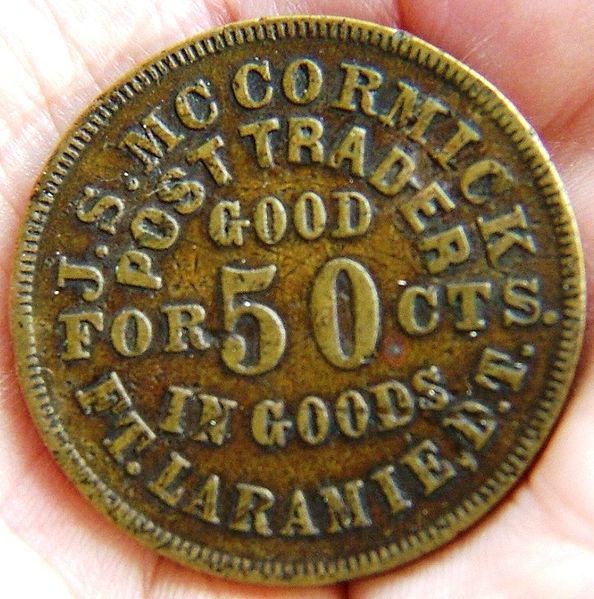Jetons or jettons are tokens or coin-like medals produced across Europe from the 13th through the 18th centuries. They were produced as counters for use in calculation on a counting board, a lined board similar to an abacus. Jetons for calculation were commonly used in Europe from about 1200 to 1700, and remained in occasional use into the early nineteenth century. They also found use as a money substitute in games, similar to modern casino chips or poker chips.
Gold jeton, Popel of Lobkowicz by Engelhart, Prague 1592, Ø 24 millimetres (0.94 in)
Nuremberg, c. 1553, moneychanger, Ø 28 mm.
Dordrecht 1588, invincible Armada destroyed, Ø 30 mm.
Christoph of Lobkowicz counter produced by D. Engelhart in 1592.
In numismatics, token coins or trade tokens are coin-like objects used instead of coins. The field of token coins is part of exonumia and token coins are token money. Their denomination is shown or implied by size, color or shape. They are often made of cheaper metals like copper, pewter, aluminium, brass and tin, or non-metals like bakelite, leather and porcelain.
Brass trade token from Fort Laramie, Dakota Territory
Show World Center token, New York City, c. 1990
Aluminum trade token from Osage City, Kansas
Token coins in an arcade game








